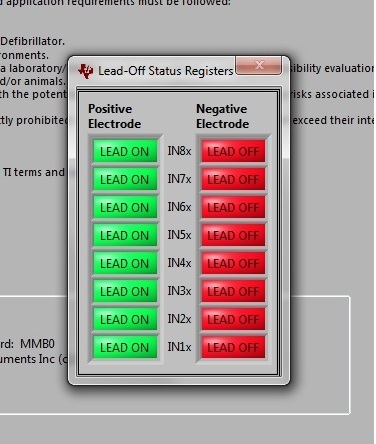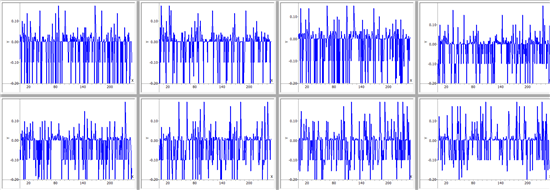I am in a project to develop a data acquisition system. ADS 1298 seems perfect for our application. So, I bough the evaluation board and found that it is mostly used in ECG purpose and in fact the forums, user manual and every thing has been explained in the view point of an ECG application. I used a d15 connector to give a 100m vPP, sine wave @ 10 hz to the evaluation kit. But, when I am giving an input all the negative electrode is going off. I am a new bee to the instrumentation designing industry. Could you please help me with a test circuit and the result to start with. I also found difficulty in going through the pin out of d15 port on users manual. If you could give me a better pin out of the d15 port. Screen shorts are attached. Please help me to begin with
The result on vpp is much lower than the input of 100mv at 10 hz frequency. Please help me to begin. If I am in a wrong path please let me know
Regards
niranjan



